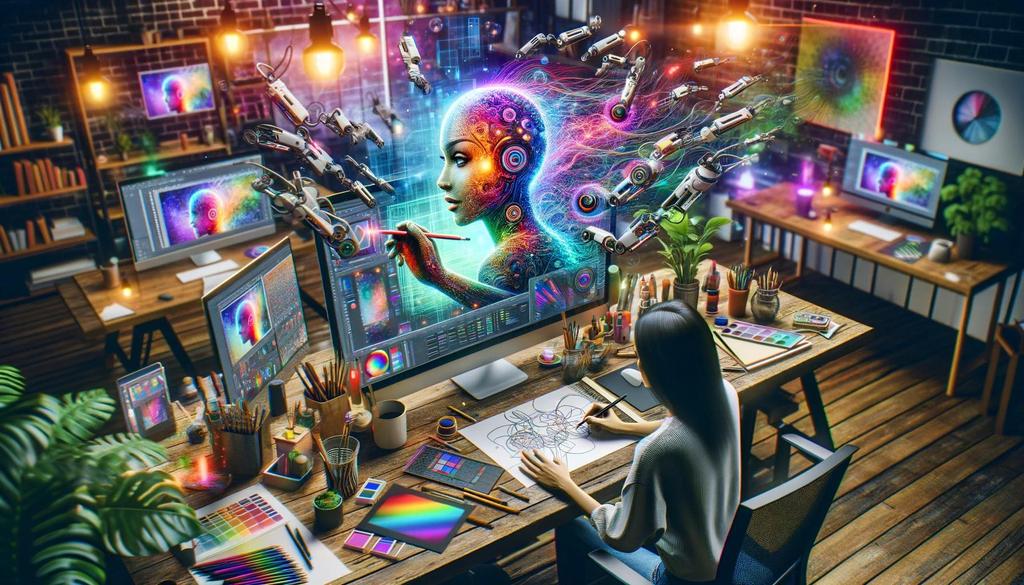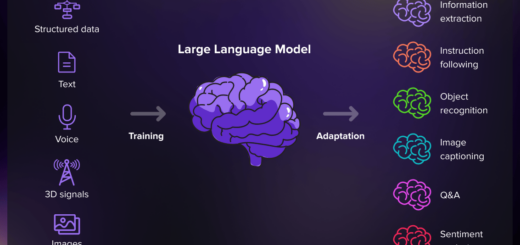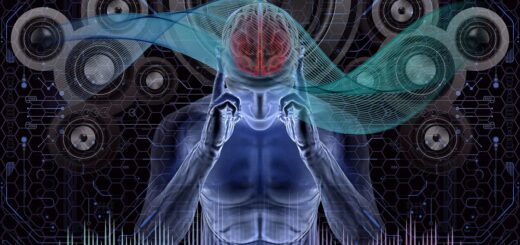AI-Driven Creativity Expands the Boundaries of Digital Art and Design

For decades, digital art and design have relied on human creativity combined with software tools, allowing artists to bring their visions to life through traditional and digital mediums. However, in April 2024, AI-generated art took a leap forward, allowing artists and designers to collaborate with AI models that could create, refine, and enhance visuals in ways never before possible.
The emergence of AI-assisted design tools, generative image models, and creative AI collaborators transformed digital art into an interactive process, where AI and human creativity worked hand in hand. Rather than replacing artists, these tools were expanding creative possibilities, enabling new forms of expression, and accelerating design workflows.
How AI Was Enhancing Digital Art and Design
Traditionally, artists and designers spent countless hours sketching, refining, and rendering digital pieces manually. AI-powered creative tools introduced a new layer of efficiency and innovation, enabling users to:
- Generate unique visual compositions from text prompts – AI models could create high-quality artwork, digital illustrations, and concept sketches based on a simple idea.
- Enhance and refine artistic details – AI-assisted tools helped artists improve texture, lighting, and color composition with intelligent suggestions.
- Automate tedious design tasks – AI could remove objects, fill in missing details, and adjust images without manual intervention, speeding up production.
These advancements pushed the boundaries of what was possible in digital artistry and design, creating an entirely new creative workflow.
Fields Rapidly Adopting AI-Driven Creative Tools
With AI-powered artistic tools evolving rapidly, industries across the creative sector were finding new ways to integrate AI into their design processes.
1. AI in Game Development and Concept Art
- AI-generated textures and environments allowed game developers to rapidly create immersive worlds without excessive manual work.
- Concept artists leveraged AI to generate quick prototypes and iterate on designs faster than traditional methods allowed.
2. AI in Branding and Advertising
- Marketing agencies used AI-generated visuals to produce campaign assets, social media graphics, and personalized ad creatives.
- AI-driven typography and layout tools optimized advertisement designs for maximum impact and engagement.
3. AI in Film and Animation
- AI-assisted VFX tools enhanced CGI production by automating background rendering and motion effects.
- Animated film creators explored AI-generated character modeling and frame interpolation to accelerate production timelines.
These developments showcased how AI was redefining creative workflows, making professional design more efficient and accessible.
Challenges and Ethical Considerations in AI-Generated Art
While AI-powered creativity opened new doors, it also introduced critical challenges that needed to be addressed.
1. Copyright and Intellectual Property Debates
- AI-generated images often relied on training datasets that included existing artwork, raising concerns about originality and copyright ownership.
- Artists and legal experts were debating how AI-generated works should be credited and whether AI-generated content could be copyrighted.
2. The Balance Between AI Assistance and Human Creativity
- Some designers feared that AI could devalue human artistic skills, while others saw it as a powerful extension of creative expression.
- The challenge was in ensuring AI enhanced rather than replaced the creative process, preserving human ingenuity in artistic decisions.
3. Ethical Use of AI-Generated Content
- AI art generation had the potential to create deepfakes, misleading visuals, or unauthorized reproductions of copyrighted work.
- Platforms and regulatory bodies were working on ethical guidelines for AI-generated content usage.
Addressing these concerns would be essential in ensuring AI-powered creativity remained a force for artistic innovation rather than controversy.
What’s Next for AI in Creative Fields?
With AI continuing to reshape artistic industries, the next wave of advancements was expected to include:
- AI-assisted collaborative design tools – AI models would soon enable real-time creative collaboration between human designers and AI partners.
- Fully AI-generated 3D environments – AI would assist in creating realistic, procedurally generated 3D spaces for games, movies, and virtual reality.
- AI-driven storytelling and interactive media – Future AI tools would generate dynamic narratives that adapt to audience preferences in real-time.
These innovations positioned AI as an essential tool in the creative process, offering artists new ways to express their ideas and push artistic boundaries.
A Defining Moment for AI in the Arts
The rapid evolution of AI-driven creative tools in April 2024 marked a significant shift in how digital art, design, and media were produced. Instead of simply automating tasks, AI was now becoming an active creative partner, working alongside artists to enhance and refine their visions.
However, as AI-powered creativity became more widespread, ethical considerations, intellectual property laws, and the future role of human artists remained critical discussions. Moving forward, the collaboration between AI and human artists would define the next era of digital creativity.




